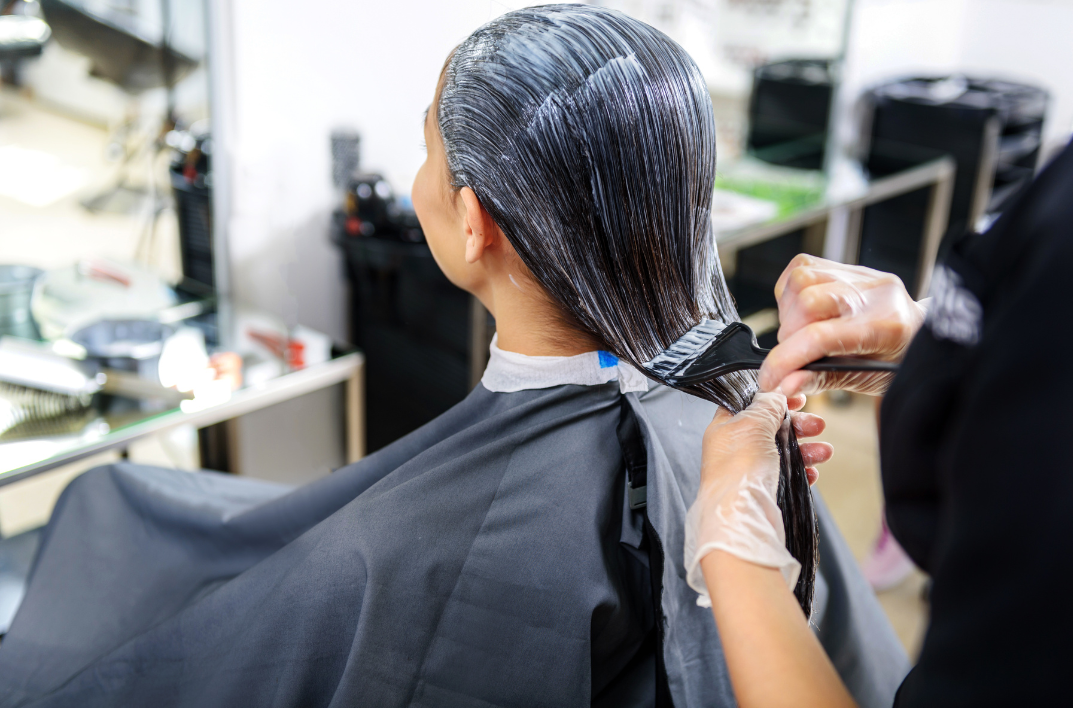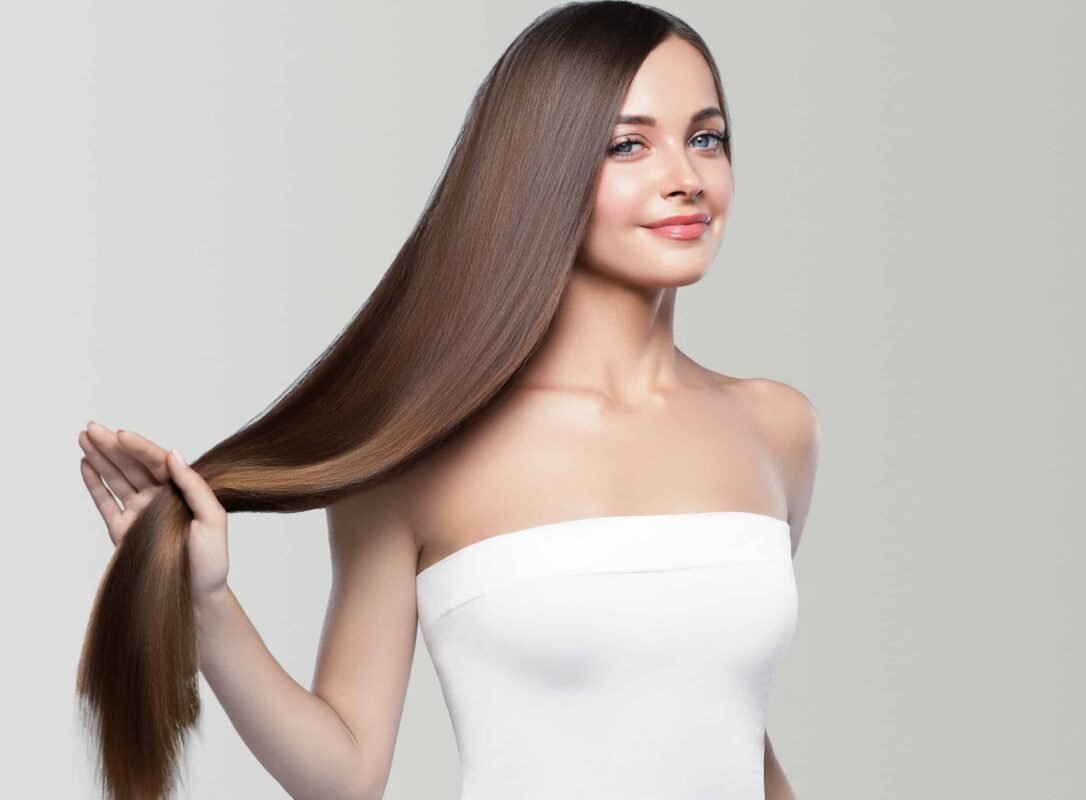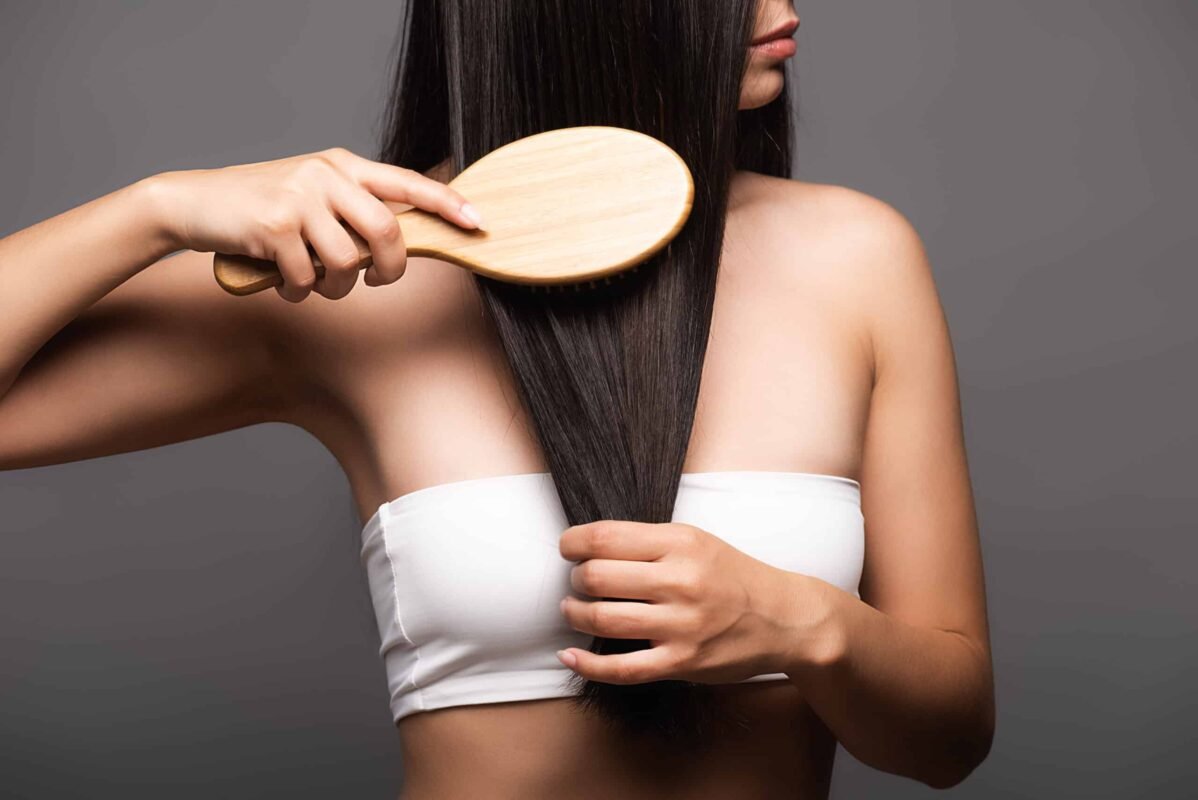What is Co-Washing and Should You Try It?

What is Co-Washing and Should You Try It?
If you’ve spent any time scrolling through hair care communities or watching natural hair tutorials, you’ve probably encountered the term “co-washing.” This gentle cleansing method has gained a devoted following, particularly among those with curly, coily, or chemically-treated hair. But what exactly is co-washing, and could it be the game-changer your hair routine needs?
Understanding Co-Washing: The Basics
Co-washing, short for “conditioner-only washing,” is exactly what it sounds like: cleansing your hair with conditioner instead of traditional shampoo. The concept challenges the conventional wisdom that you need harsh detergents to achieve truly clean hair.
Instead of stripping away oils with sulfates, co-washing relies on gentle cleansing agents found in conditioner formulations. These mild surfactants remove dirt, sweat, and light buildup while simultaneously moisturizing and protecting your hair’s natural oils.
The Science Behind the Method
Your hair and scalp produce sebum, a natural oil that serves as a protective barrier and moisturizer. Traditional shampoos with harsh sulfates strip away this beneficial oil along with dirt and product buildup. While this might feel satisfying in the moment, it often leaves hair dry, frizzy, and in need of intensive conditioning treatments.
Co-washing takes a different approach. The mild cleansing agents in conditioners can remove water-soluble dirt and light oils without completely disrupting your hair’s natural moisture balance. The conditioning agents simultaneously smooth the hair cuticle and add moisture, leaving your hair soft and manageable.
Who Should Consider Co-Washing?
Ideal Candidates
Curly and Coily Hair Types: People with naturally textured hair often benefit most from co-washing. The structure of curly hair makes it harder for natural oils to travel down the hair shaft, leading to dryness. Co-washing helps preserve these precious oils while still keeping hair clean.
Chemically-Treated Hair: If you color, relax, or chemically straighten your hair, co-washing can help maintain moisture and extend the life of your treatments. Processed hair is more porous and prone to dryness, making the gentle approach of co-washing particularly beneficial.
Dry or Damaged Hair: Those struggling with brittle, breaking, or extremely dry hair may find relief through co-washing. The method can help restore moisture balance over time.
Frequent Washers: If you exercise daily or live in a humid climate that requires frequent hair washing, co-washing allows you to cleanse regularly without over-drying your strands.
Who Should Proceed with Caution
Fine or Oily Hair: People with very fine hair or those who produce excess oil may find co-washing too heavy. The conditioning agents can weigh down fine strands and make oily hair appear greasier.
Product-Heavy Users: If you regularly use styling products with silicones, waxes, or heavy oils, co-washing alone may not provide enough cleansing power to remove buildup effectively.
Scalp Conditions: Those with dandruff, seborrheic dermatitis, or other scalp conditions may need the stronger cleansing action of medicated shampoos.
How to Co-Wash Properly
Choosing the Right Conditioner
Not all conditioners are created equal for co-washing. Look for products specifically labeled as “cleansing conditioners” or “co-washes,” which contain mild surfactants designed for cleansing. Alternatively, choose lightweight, silicone-free conditioners that won’t cause excessive buildup.
Avoid conditioners with heavy oils, butters, or non-water-soluble silicones, as these can accumulate over time without proper cleansing.
The Co-Washing Process
- Wet your hair thoroughly with warm water to help open the hair cuticles and prepare for cleansing.
- Apply a generous amount of cleansing conditioner or lightweight conditioner to your scalp and hair. Use more product than you would with traditional shampoo.
- Massage your scalp gently with your fingertips (never nails) to stimulate circulation and help remove dirt and buildup. Focus on the scalp rather than the lengths of your hair.
- Work the product through your hair from roots to ends, using a wide-tooth comb or your fingers to distribute evenly.
- Rinse thoroughly with cool water to seal the hair cuticles and remove all product residue.
- Follow with a leave-in conditioner or styling products as needed.
The Benefits You Can Expect
Regular co-washing can lead to several positive changes in your hair’s health and appearance. Many people notice increased moisture retention, reduced frizz, and improved curl definition. Hair often becomes more manageable and easier to detangle, while maintaining its natural oils leads to enhanced shine and elasticity.
The gentle nature of co-washing can also improve scalp health for some people, reducing irritation and dryness that sometimes accompanies frequent shampooing.
Potential Drawbacks and How to Address Them
Product Buildup
The most common concern with co-washing is the potential for product buildup over time. Even gentle cleansing agents may not remove all styling products, especially those containing silicones or heavy oils.
Solution: Incorporate a clarifying shampoo into your routine once every 2-4 weeks, or whenever your hair feels heavy or looks dull.
Inadequate Cleansing
Some people find that co-washing doesn’t remove enough oil or sweat, particularly if they exercise frequently or have very oily scalps.
Solution: Try pre-pooing (applying oil to hair before co-washing) to help break down buildup, or alternate between co-washing and gentle, sulfate-free shampoos.
Adjustment Period
Your hair and scalp may need time to adapt to this new cleansing method. Initially, your hair might feel different or look less “squeaky clean” than you’re used to.
Solution: Give your hair 2-4 weeks to adjust before deciding if co-washing works for you.
Making Co-Washing Work for Your Hair Type
For Curly Hair
Focus on sectioning your hair and ensuring you massage the scalp thoroughly. The curl pattern can make it harder for the cleansing conditioner to reach all areas of your scalp.
For Fine Hair
Use co-washing sparingly (perhaps once or twice a week) and choose very lightweight formulas. Consider alternating with a gentle, volumizing shampoo.
For Color-Treated Hair
Co-washing can help preserve color by avoiding harsh sulfates. Look for color-safe formulas and always use cool water for the final rinse.
Signs Co-Washing Might Not Be for You
If you notice your hair becoming limp, greasy, or difficult to style after several weeks of co-washing, it might not be the right method for your hair type. Similarly, if you develop scalp irritation or notice an increase in dandruff, return to traditional cleansing methods.
Remember that hair care is highly individual, and what works for others may not work for you.
The Bottom Line
Co-washing can be a game-changer for many people, particularly those with dry, curly, or chemically-treated hair. It offers a gentler approach to cleansing that preserves natural oils while still removing dirt and light buildup.
However, it’s not a one-size-fits-all solution. Success with co-washing depends on your hair type, lifestyle, and the products you use. The key is to approach it as an experiment, giving your hair time to adjust while paying attention to how it responds.
Whether you adopt co-washing as your primary cleansing method or use it occasionally as part of a varied routine, understanding this technique adds another valuable tool to your hair care arsenal. The most important thing is finding what makes your hair look and feel its best – and for many people, that gentle approach might just be co-washing.

 Lace Clip-ins
Lace Clip-ins Ponytail
Ponytail
 Shampoo
Shampoo Mask
Mask Leave-in
Leave-in Oil
Oil Treatment
Treatment Styling
Styling
 Nanoplastia
Nanoplastia Keratin
Keratin Hair Botox
Hair Botox Cold Recovery
Cold Recovery
 Hair Treatment Tools
Hair Treatment Tools





















